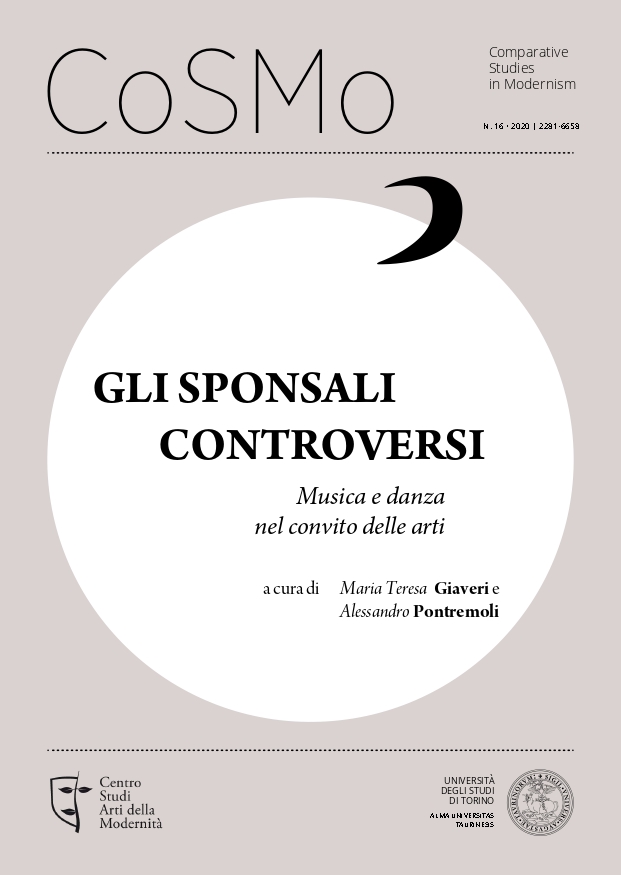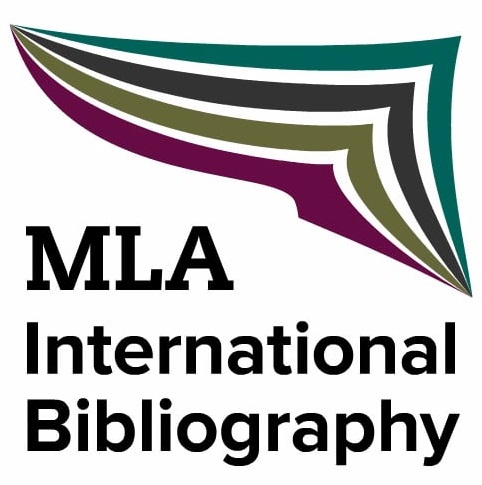Il mito di Salomè nella cultura russa
DOI:
https://doi.org/10.13135/2281-6658/4630Parole chiave:
Salome, Alexandr Blok, Russian Literature, Russian Theatre, ModernismAbstract
This essay aims to trace the fascination with the figure of Salome in Russia and the different interpretations given to the biblical passages featuring the Jewish princess. It does so with reference to the distinction between "history" and "becoming" theorized by Gilles Deleuze. In the transition from "history" to "becoming", the figure undergoes different and contrasting metamorphoses: in the age of Decadentism, she is the representation of authors’ passion for the East and the epitome of destructive feminine seduction. In the first decade of the twentieth century, she comes to represent both devotion to poetry of Symbolist aesthetics and the cultural and moral decline of Russian society. After becoming an androgynous acrobat in the Soviet period, she turns into a pop icon in post-Soviet Russia. The essay focuses on the way in which Salome is represented in her different and contrasting metamorphoses through the ages.
Downloads
##submission.downloads##
Pubblicato
Fascicolo
Sezione
Licenza
Gli autori mantengono i diritti sulla loro opera e cedono alla rivista il diritto di prima pubblicazione dell'opera, contemporaneamente licenziata sotto una Licenza Creative Commons - Attribuzione che permette ad altri di condividere l'opera indicando la paternità intellettuale e la prima pubblicazione su questa rivista.







